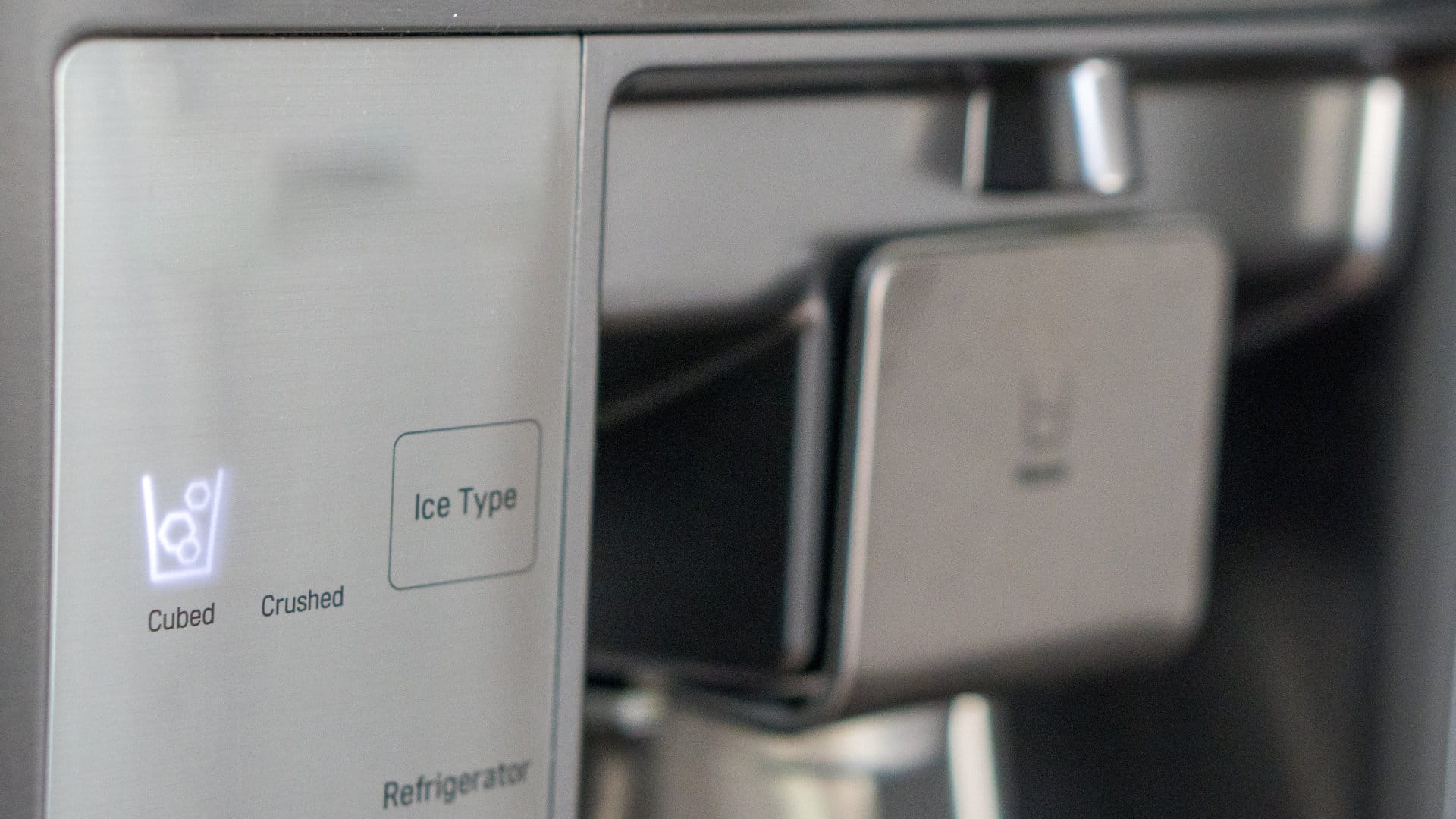
Cleaning the lint trap in your dryer is simple to do. It’s also important as a trap full of lint can become a fire risk and make your dryer use more energy than necessary. In this article, we’re going to give you step-by-step instructions on how to clean it. We’ll also give you instructions on how to clean your dryer ventilation system, which should also be cleaned out regularly.
This guide should apply to all major dryer makes and models from the largest manufacturers such as Bosch, Samsung, GE, Whirlpool, and Amana.
Steps to clean a dryer lint trap
To clean your dryer lint trap, simply follow these steps:
- Remove the lint trap
The first step is to remove the lint trap from your dryer. Depending on your specific dryer it will be on top of the appliance, in front of it, or somewhere else inside of it. Once located, remove it from your dryer.
- Remove the lint
The next step is to remove all of the lint from the trap. Clean the trap in hot soapy water only if the trap/screen is covered in baked-on laundry powder or other debris. You can use a soft brush if required.
- Clean the trap opening
Before placing the trap back into the dryer, clean the area where the vent goes with a damp cloth or vacuum cleaner.
- Put the trap back in
Once clean (and dry if you washed it in water) you can place the trap back into your dryer and start using your appliance again. To help keep the dryer trap free of lint, clean it out after every cycle.
How to clean your dryer vent
If your dryer has a ventilation system (as most do), it’s a good idea to clean the vent out every few months so it doesn’t get clogged up with lint and other debris. To help you clean it properly, we have put together a step-by-step guide.
Simply follow these steps and your dryer vent will be clean and free of lint.
- Disconnect the duct
The first step is to disconnect the duct. This can be done using the following steps:
- Turn off the power and, if it’s gas operated, the gas to your dryer.
- Move the dryer out from the wall or cabinet it sits in (about one foot).
- Disconnect the dryer duct from the dryer. Most dryers have a clamp that secures it to the dryer. This needs to be removed before disconnecting the duct.
- Once the duct has been disconnected from the dryer, remove the other end of it. This too might have a clamp that you will have to remove first.
- Clean the duct
Now that the duct has been disconnected, the next step is to clean it well. Cleaning the duct is easy with a vacuum cleaner but you can use a small soft brush that has a long handle.
Follow this process to clean the duct:
- Plug your vacuum cleaner in and connect the hose attachment to it.
- Turn it on and vacuum out all the lint inside the duct.
- Vacuum the lint up from the vent connection areas on the wall and dryer.
- If required, use a damp cloth to wipe all of the lint covered areas.
- If you can access it, go outside and remove any lint or other debris from the exit point of your vent.
- Reattach the duct
Once the vent is nice and clean, it’s time to reattach it to your dryer. Make sure it’s completely dry if you used any water to clean any part of it.
Here’s how to reattach the duct so you can start using your appliance again:
- Start by reconnecting the duct to the wall end. You’ll need to secure it into position with the clamp that you took off when removing the duct.
- Reattach the duct to the dryer. You’ll need to secure it into position with the clamp that you took off when removing the duct.
- Push the dryer back against the wall or into its cabinet.
- Turn the power back on or turn the gas back on, if applicable.
- Turn your dryer on a short cycle. This will help remove any loose lint and other debris stuck in the system.
- You can now start using your dryer again.
Tips to keep your dryer clean
It’s important to keep your dryer’s vent and lint trap clean so it works effectively and doesn’t become a fire risk. To help you out, we’ve come up with these tips.
- Use a vacuum cleaner to regularly clean the lint and dust that builds up on the outside of your appliance, including the back of it.
- Remove the lint trap after every use and clean the lint out of it.
- About every three months, give the vent system a deep clean by following the steps in the guide above.
- If you find any dried-up detergent or other debris on the lint trap, clean it with hot soapy water. If you don’t remove detergent from the trap it can turn into bacteria and begin to smell.

GE Dishwasher With No Power or Lights? Try This Fix

Understanding SC Code on Samsung Washer

Resolving LG Dryer D80 Error Code

Understanding GE Refrigerator Error Codes: A Guide

Amana Dryer Not Heating? Try These 5 Fixes

Samsung Ice Maker Issues? Here are 5 Fixes

Samsung Dryer Not Heating with No Error Code? Here’s Why

GE Profile Dishwasher Not Draining? Here’s Why

How to Replace the Filter on a Samsung Refrigerator


